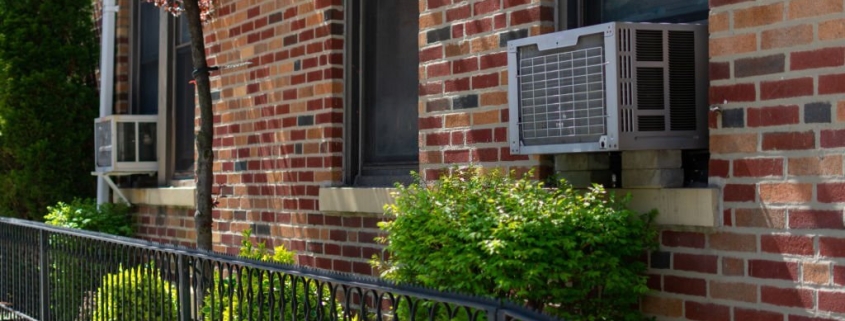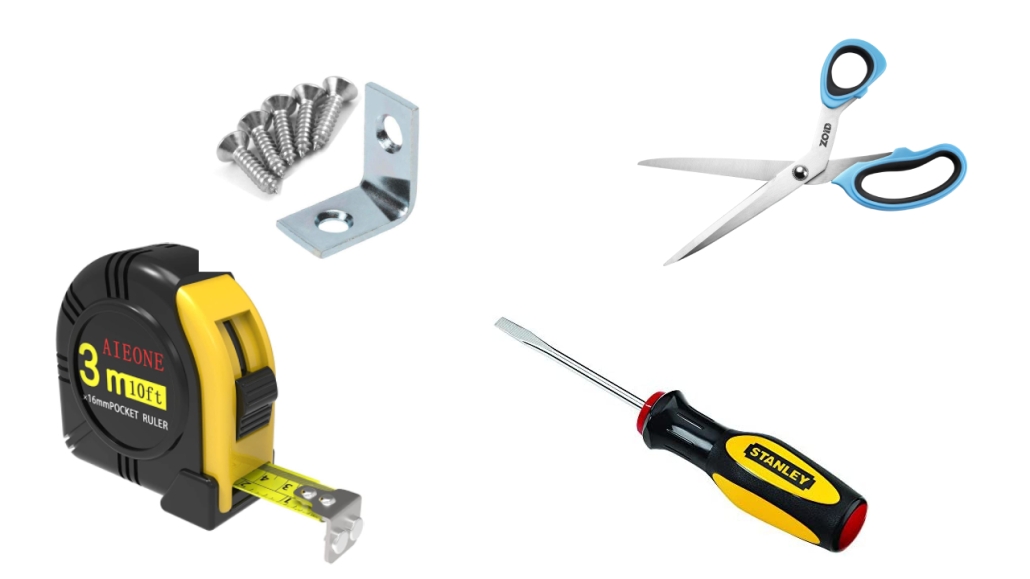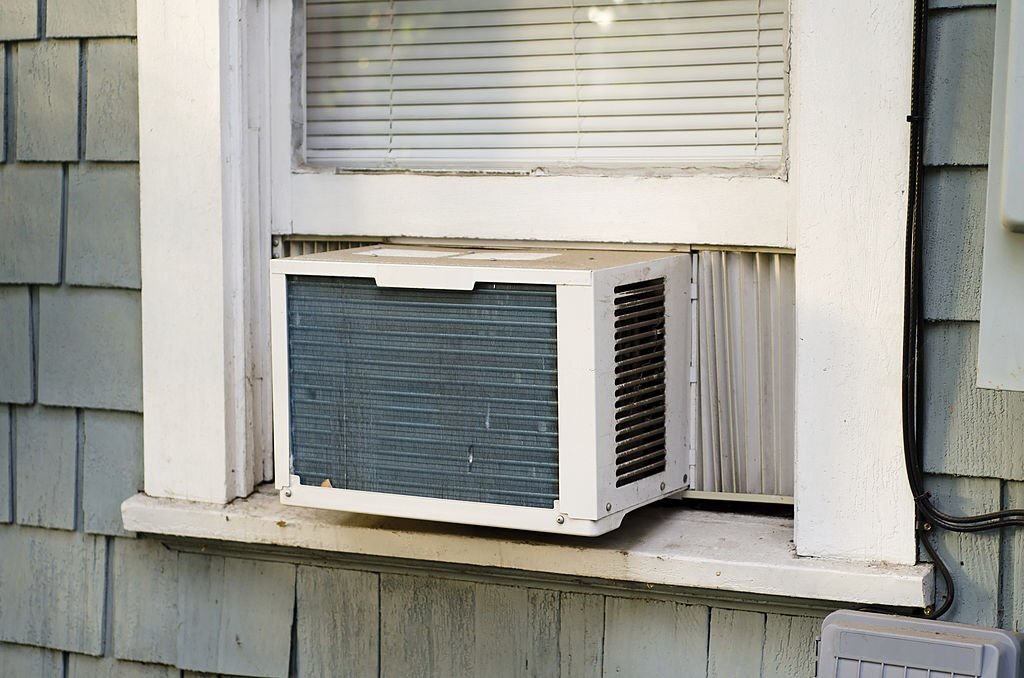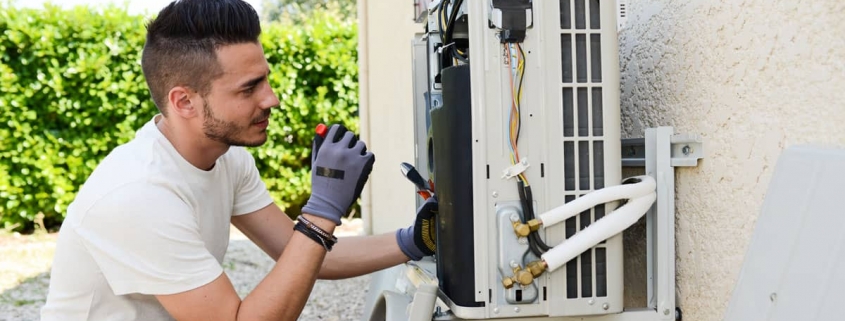The HVAC industry is undergoing a transformation—driven by smart technology, sustainability, and health-conscious living. Whether you’re a homeowner, a contractor, or just HVAC-curious, here’s what’s making waves in 2025 and why it matters.
🌿 1. Green HVAC Is the New Standard
Climate change concerns and stricter regulations are pushing for more energy-efficient heating and cooling systems. Systems with SEER2 ratings are replacing older, power-hungry models. Expect to see:
-
Geothermal heat pumps gaining popularity in both residential and commercial settings.
-
Variable-speed compressors becoming the default, not the upgrade.
-
Greater adoption of low-GWP refrigerants like R-32 and R-454B, replacing R-410A by 2025-2026.
📌 Why it matters: Lower energy bills, smaller carbon footprints, and future-proofing your HVAC investment.
📱 2. Smart HVAC: From Control to Automation
HVAC systems are now becoming part of the Internet of Things (IoT). We’re moving past programmable thermostats to fully automated ecosystems. Today’s smart HVAC setups feature:
-
AI-powered learning thermostats that adjust to your habits.
-
Voice control integration (think Alexa, Google Assistant).
-
Remote diagnostics and predictive maintenance alerts.
📌 Why it matters: Convenience, comfort, and fewer emergency breakdowns.
🌬️ 3. Air Quality Is a Top Priority
Post-pandemic, indoor air quality (IAQ) is more than just a buzzword. Modern HVAC systems are expected to do more than just heat and cool—they need to purify the air too. Look out for:
-
UV-C light systems for coil and air disinfection.
-
HEPA and MERV-13+ filters for better allergen and virus protection.
-
Whole-home humidifiers and dehumidifiers for better moisture control.
📌 Why it matters: Healthier living spaces with fewer allergens, pollutants, and pathogens.
⚡ 4. Electrification & Heat Pump Revolution
Heat pumps are leading the charge toward full-home electrification. Thanks to government incentives and rising gas prices, more homeowners are ditching fossil fuels in favor of:
-
Cold climate heat pumps that work efficiently even in sub-zero temps.
-
Hybrid systems combining gas and electric for the best of both worlds.
-
Federal rebates through the Inflation Reduction Act (IRA) for heat pump upgrades.
📌 Why it matters: Reduced dependence on fossil fuels and long-term savings.
🧠 5. AI in HVAC: Not Just a Buzzword Anymore
AI is now being used behind the scenes to design more efficient systems, optimize building climate control, and even diagnose issues before they become problems.
-
AI-powered load calculations improve sizing accuracy.
-
Automated service recommendations based on usage patterns and system behavior.
-
Energy modeling tools that predict cost savings before installation.
📌 Why it matters: Smarter planning, better performance, and happier clients.
Final Thoughts
The HVAC world is evolving fast—and it’s not just about heating and cooling anymore. From smarter systems to cleaner air and greener tech, the focus is shifting to comfort with conscience.
If you’re in the industry, now’s the time to upskill. If you’re a homeowner, it might be time to upgrade. Either way, the future of HVAC is here—and it’s smarter, healthier, and more efficient than ever.





